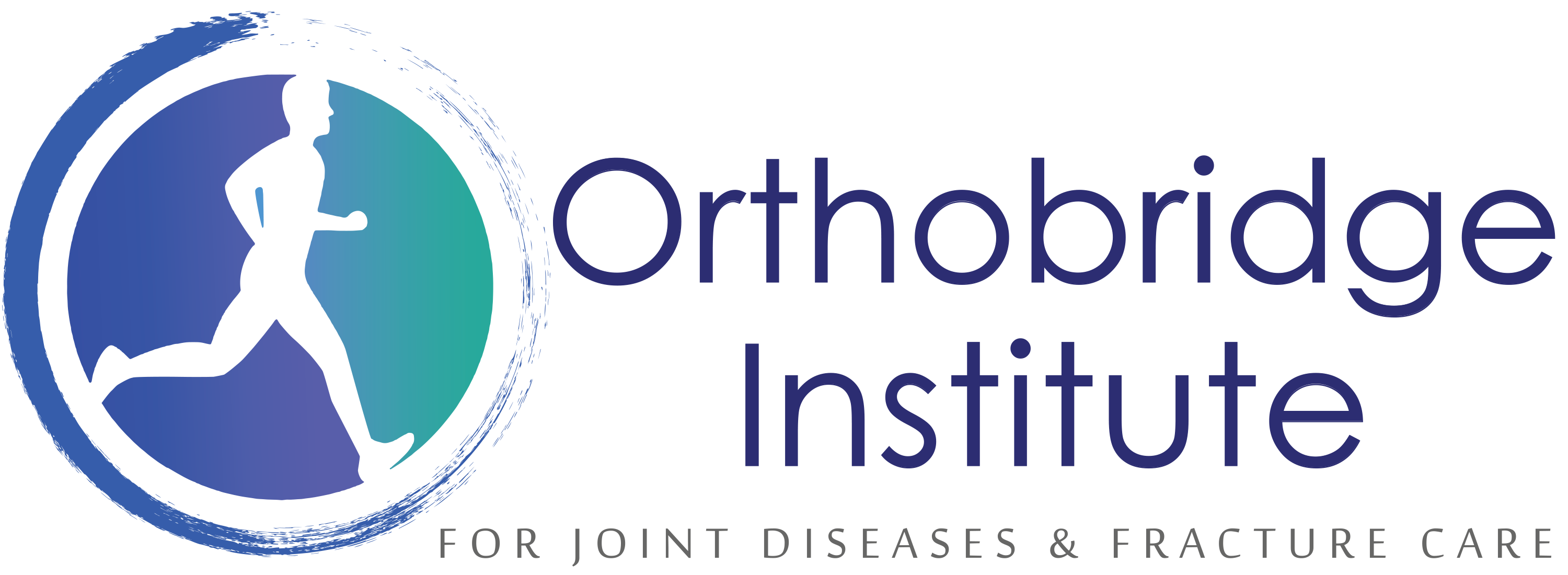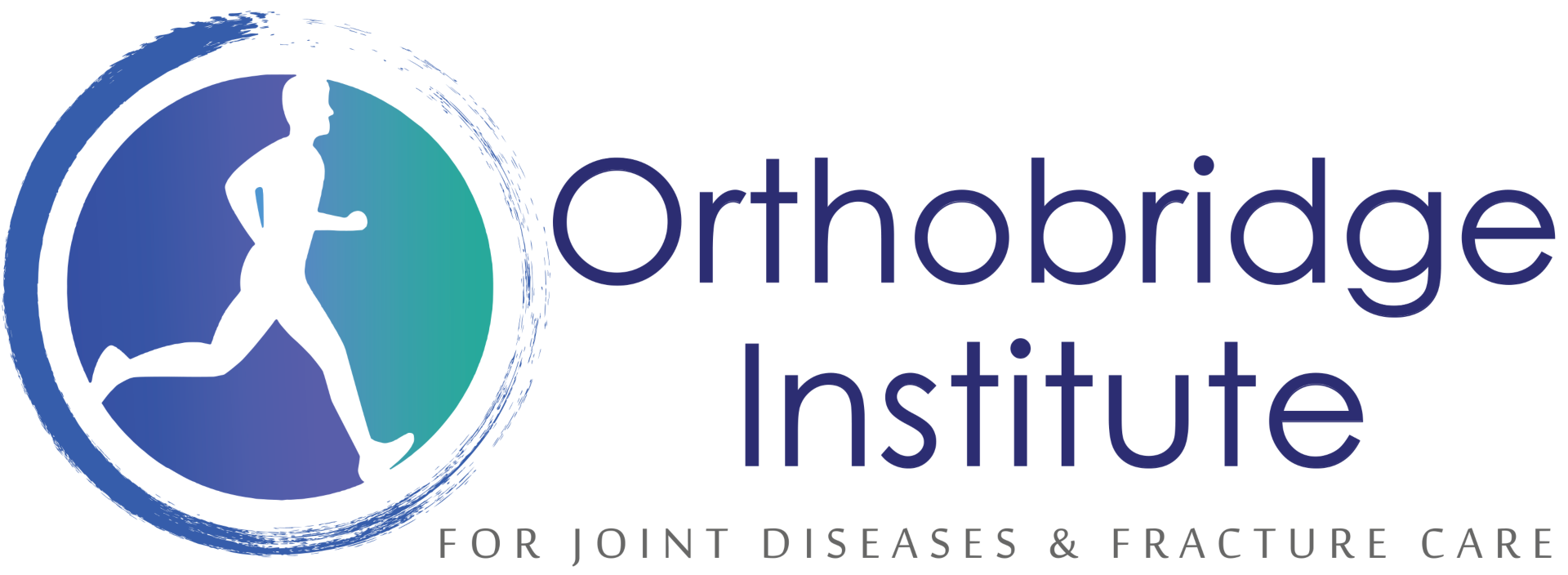Hip Dislocation
Learn more about some common hip dislocations here we treat at Orthobridge Orthopedic Centre.
Hip Dislocation Care in Kenya.
A dislocation is an injury to a joint — a place where two or more bones come together — in which the ends of your bones are forced from their normal positions. This painful injury temporarily deforms and immobilizes your joint.
Dislocation is most common in shoulders and fingers. Other sites include elbows, knees and hips. If you suspect a dislocation, seek prompt medical attention to return your bones to their proper positions.
When treated properly, most dislocations return to normal function after several weeks of rest and rehabilitation. However, some joints, such as your shoulder, may have an increased risk of repeat dislocation.

Signs and symptoms of hip fracture include.
>>> Bending down at the waist
>>> Attempting to stand after sitting on a short or low-to-the-ground chair
>>> Crossing the legs, either in a sitting or standing position
It can be difficult to tell a broken bone from a dislocated bone. For either type of injury, get medical help right away. If possible, ice the joint and keep it immobile while you’re waiting to be seen.
Complications
Complications of a joint dislocation can include:
- Tearing of the muscles, ligaments and tendons that reinforce the injured joint
- Nerve or blood vessel damage in or around your joint
- Susceptibility to reinjury if you have a severe dislocation or repeated dislocations
- Development of arthritis in the affected joint as you age
Stretching or tearing of ligaments or tendons that support your injured joint or damage to nerves or blood vessels surrounding the joint might require surgery to repair these tissues.
Signs and symptoms of hip dysplasia
- Inability to move the leg
- A leg that appears to turn inward or outward
- A leg that seems to be slightly shorter than the other
- Problems moving the leg
- Loss of sensation in the foot or ankle
Prevention.
Often, hip dislocations occur as a result of accidents. Practicing safety techniques, such as wearing a seatbelt in the car and using ladders safely, can help.
A person who has had a hip replacement or undergone other surgical procedures to correct traumatic fractures should follow a doctor’s orders about how much activity they can do post-surgery. This can reduce the likelihood a person’s hip will dislocate.
How is a hip dislocation treated?
It is essential to seek treatment for a hip dislocation within
The closed reduction takes place in the emergency room, and the surgeon will first sedate the person, which means giving them medication to relieve pain and reduce muscle tension.
Closed reductions are often successful, but if the procedure does not work, a doctor may perform open reduction and internal fixation surgery. This involves removing any excess tissues or bone fragments and re-positioning the bones.
How is a hip dislocation diagnosed?
Often, a doctor can identify a hip dislocation by physically examining the leg.
However, a doctor will usually order imaging studies to determine if there are other fractures or injuries they cannot identify with a physical exam. Examples of imaging studies include a CT scan.


